
Red Light Therapy for Female Hair Loss: Does it Work?
IN THIS ARTICLE:
- 01 What Causes Female Hair Loss?
- 02 What are the Benefits of Red Light Therapy For Hair Loss?
- 03 Can you use Red Light Therapy with Minoxidil?
- 04 Can You Treat Female Hair Loss With LED Light Therapy?
- 05 Is There Actual Science Behind Red Light Therapy For Female Hair Loss?
- 06 Do LED Masks Help with Hair Loss?
- 07 What are the Side Effects of Red Light Therapy for Hair Loss?
- 08 Can Red Light Therapy Reverse Gray Hair?
- 09 Red Light Therapy for Female Hair Loss: Does it Work?
11-minute read
For many women, hair is deeply connected to their sense of identity and self-expression. Female hair loss is a topic that doesn’t receive nearly as much attention as it should. While male pattern baldness is widely recognized and openly discussed, women facing hair loss often deal with it in silence, burdened by stigma and a lack of clear solutions. Yet the reality is that over half of all women will experience some form of hair loss in their lifetime, whether due to genetics, hormonal changes, stress, or natural aging.
In recent years, non-invasive treatments like red light therapy have emerged as promising options to support hair regrowth and scalp health. Backed by growing scientific evidence, this gentle therapy offers a new avenue of hope for women seeking effective, drug-free solutions. In this blog, we’ll explore the causes of female hair loss, the science behind red light therapy, its benefits, potential side effects, and how it compares with other treatments. Whether you’re just beginning to notice thinning or looking to boost the health of aging hair, this guide aims to provide clarity, support, and evidence-based insights.
What Causes Female Hair Loss?
While male hair loss, specifically male pattern baldness, is more common than female hair loss, female hair loss is still a growing concern, with 55% of women likely to experience some kind of hair loss in their lifetime.
Some common causes of hair loss in women include:
- Hormonal changes such as childbirth, menopause, PCOS, or a general hormonal imbalance
- Nutrient deficiencies, such as iron or vitamin D deficiency
- Psychological conditions, including severe stress, depression, or anxiety
- Female pattern hair loss due to genetics
- Autoimmune diseases, such as lupus or alopecia areata, which cause the immune system to attack hair follicles
- Hair care practices such as braids or tight styling
- Infections
- Natural aging causes hair growth to slow down and hair follicles to shrink

What are the Benefits of Red Light Therapy For Hair Loss?
Red light therapy and hair growth have been the focus of increasing research in recent years, and the emerging evidence supporting its effectiveness is relatively strong. The application of specific red light wavelengths is thought to stimulate the hair follicles to promote further hair growth. Dormant hair follicles then 'wake up' and stay in the hair growth phase for a longer period. Another mechanism is that the light wavelengths cause vasodilation, a widening of the blood vessels. This response increases blood and oxygen supply to the blood vessels, ensuring enhanced nutrient delivery and more effective hair growth.
The benefits of red light therapy for hair growth include:
- Stimulating hair follicles to promote hair growth
- Boosts cellular energy or ATP
- Boosts blood and oxygen supply to the scalp
- Reduces inflammation
- Prolongs the anagen (growth) phase
- Encourages follicles in the telogen phase (resting) to enter the growing phase
- Increases the actual rate of hair growth
- Prevents hair follicles from entering the catagen (transition) phase too early
- Red light reduces DHT (a hormone that can trigger hair loss)
Can you use Red Light Therapy with Minoxidil?
Minoxidil is a licensed topical treatment used for male and female pattern hair loss. It is typically available over the counter and improves signs of hair loss in an estimated 80% of women.
Taking a holistic approach to hair loss is most effective and most often recommended. Combining red light therapy and minoxidil boasts impressive results with no known side effects. Clinical trials have shown enhanced results when combining both treatments rather than using them alone.
Can You Treat Female Hair Loss With LED Light Therapy?
For moderate hair loss or hair thinning, characterized by the appearance of bald patches and overall thinner hair, red light therapy is an expert and proven treatment. For a general approach to hair health and to support aging hair, red light is also a standout treatment. We sometimes forget that just as other parts of our body, such as the skin, age, so does our hair. It's important to care for aging hair with gentle products and advanced beauty techniques such as red light therapy devices for hair growth and overall scalp health. According to one randomized controlled trial published in The National Library of Medicine, there is a growing body of evidence that the use of LLLT for the purpose of promoting hair growth is both safe and effective in both men and women. This trial demonstrated a 37% increase in hair growth after around 4 treatments per week for 16 weeks. There were no side effects reported during the trial. In late-stage baldness, red light therapy is suitable as a complementary treatment, but more interventional treatment will likely be necessary.

Is There Actual Science Behind Red Light Therapy For Female Hair Loss?
Thankfully, there are many studies to support the effectiveness of red light therapy for hair growth, hair density, and scalp health. Studies demonstrate that just 16 weeks of red light therapy improve hair growth and hair density by up to 51% compared with the control group.
Another study conducted on patients with telogen effluvium (excessive shedding) after long COVID showed faster reduction of hair shedding, enhanced hair regrowth, and improved hair shaft thickness and density.

Image from a study here on the treatment of androgenetic alopecia with red light therapy. Another study showed a 46% lower chance of a recurrence of alopecia areata when red light therapy was combined with minoxidil, vs minoxidil alone.
This is only a small sample of the studies examining the link between red light therapy and hair growth. We will leave an extended list of studies below for your reference.
Do LED Masks Help with Hair Loss?
Red light masks, most often used for skin rejuvenation, anti-aging benefits, acne, and other common skin concerns, can also be used to promote hair growth. If you already have an LED face mask or other device and it is convenient to use directly on the scalp, then it will provide a good treatment. We recommend treating the scalp with an LED mask for more superficial concerns like preventing hair aging and promoting hair growth. For diagnosed hair thinning or more severe hair loss, we do recommend investing in an LED helmet, specifically designed to treat the area.
What are the Side Effects of Red Light Therapy for Hair Loss?
Thankfully, the main side effect is better hair growth and a healthier scalp, but there may be some mild side effects, most of which can be mitigated by gradually increasing your treatment time and leaving 1-2 days between treatments. These include:
- Scalp irritation
- Redness
- Itching
- Dryness
- Photosensitivity
Can Red Light Therapy Reverse Gray Hair?
There is some limited evidence to suggest red light therapy may reverse or slow down gray hair. We don't suggest relying on red light as a way to reverse graying hair, although it improves hair quality, density, and growth rate for shinier and smoother hair. The evidence around graying hair and red light therapy is still very much in its infancy.
Red Light Therapy for Female Hair Loss: Does it Work?
Yes, the research is clear that red light therapy is an evidence-backed approach to treating female hair loss. Female hair loss is often overlooked or treated as a taboo topic surrounded by shame. It is important to open up the conversation about the broader impact of female hair loss and continue exploring viable, science-backed, non-invasive approaches to address this widespread issue.

written by Sophie Flair
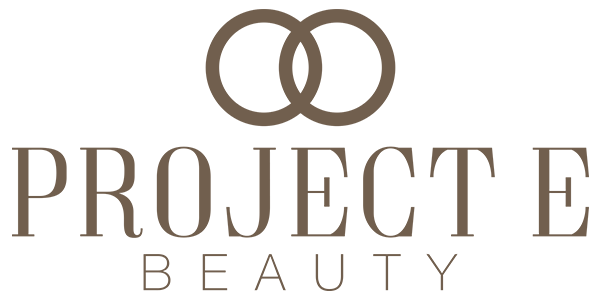





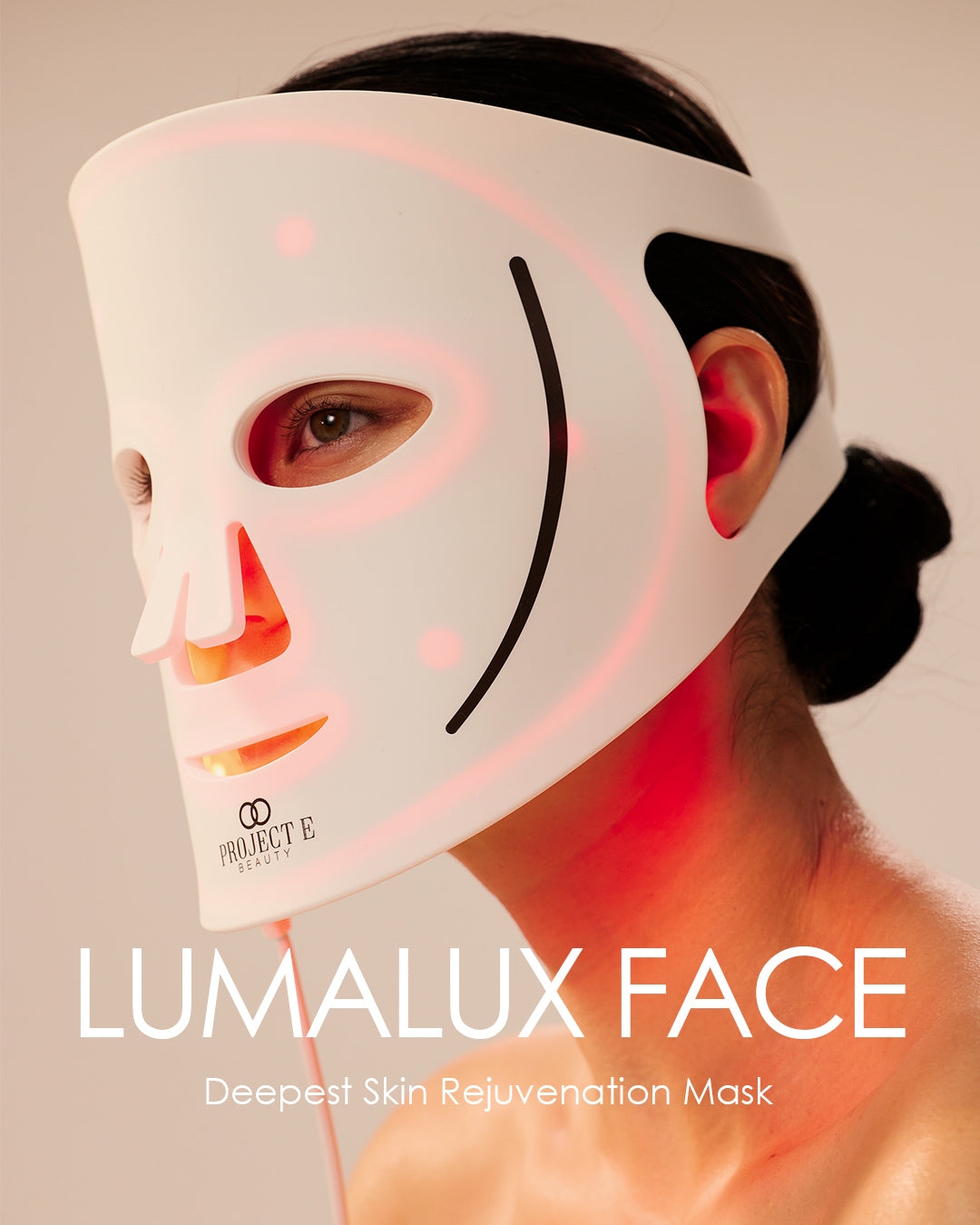
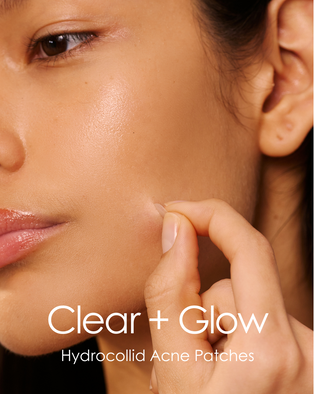
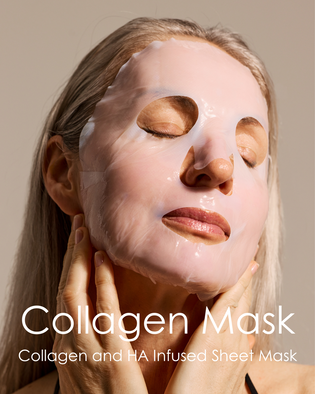




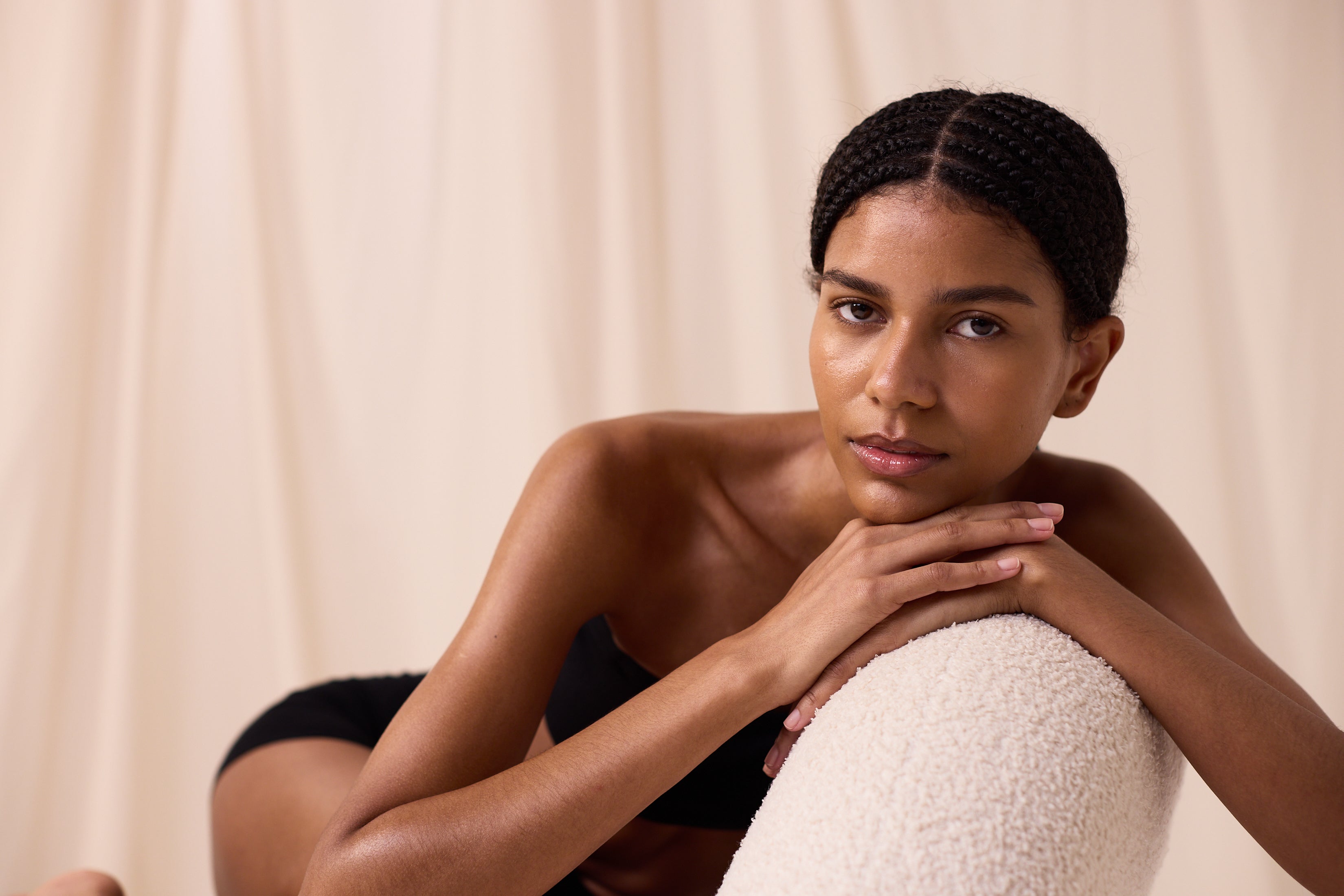
2 comments
Hi Garine,
Thank you for your interest! You can purchase the LumaLux Dome | Face & Body LED Light Therapy Device directly from our website at the following link:
https://www.projectebeauty.com/products/lumalux-dome-face-body-led-light-therapy-device
If you need assistance placing your order or have questions about the product, feel free to reply — we’ll be happy to help.
Project E Beauty
Want to buy
Garine chan
Leave a comment
This site is protected by hCaptcha and the hCaptcha Privacy Policy and Terms of Service apply.